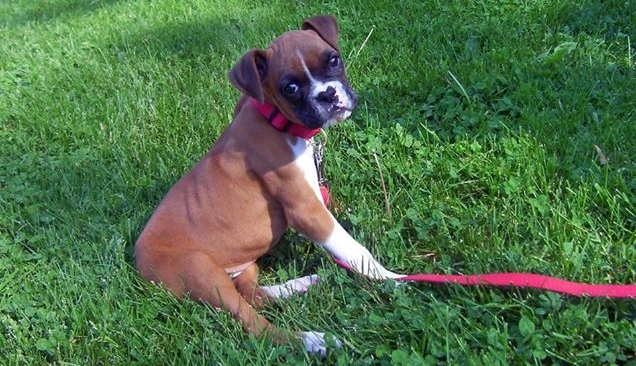Allergies in pets are not only frustrating for the pet but also for the owner. No one likes to be woken up in the middle of the night to hear their pet chewing on its feet or scratching its sides. In the fall, we’re met with dead leaves, dust, mold, and winds that stir up this toxic mix and send it wafting through the air. For pets suffering from inhalant allergies their symptoms will typically present more aggressively at this time of year in the form of itchy, irritated skin known as allergic dermatitis. If your dog is a seasonal or yearly allergy sufferer, it is of the utmost importance that you learn everything you can on how to help your dog’s allergies.
Mold can be a big problem for allergy-prone dogs.
If your dog spends time outdoors, there’s a chance he could encounter mold spores there. To reduce mold levels in your yard and help prevent an allergic reaction in your dog, power wash your house’s siding, driveway or patio if you find mold or mildew growing there. Remove mushrooms and other fungi to help protect your dog’s health, and take steps to improve the yard’s drainage so water isn’t allowed to stand.
To prevent tracking in allergens, wipe your pet’s paws with a damp washcloth before entering the house and remove your shoes.
Give your dog a weekly bath and brush him daily to remove pollen from the fur.
Vacuum, dust and sweep the home regularly to pick up any stragglers that you might of missed.
Wash your dog’s bedding and plush toys with a gentle, hypoallergenic detergent.
If possible, keep your dog away from the substance he is allergic to.
While the chances of your dog’s allergy being completely cured are very low, but there is much you can do to ease his itch and stop him scratching. With the help of your vet, you can work out a treatment protocol that controls his allergies and keeps his symptoms in check.

